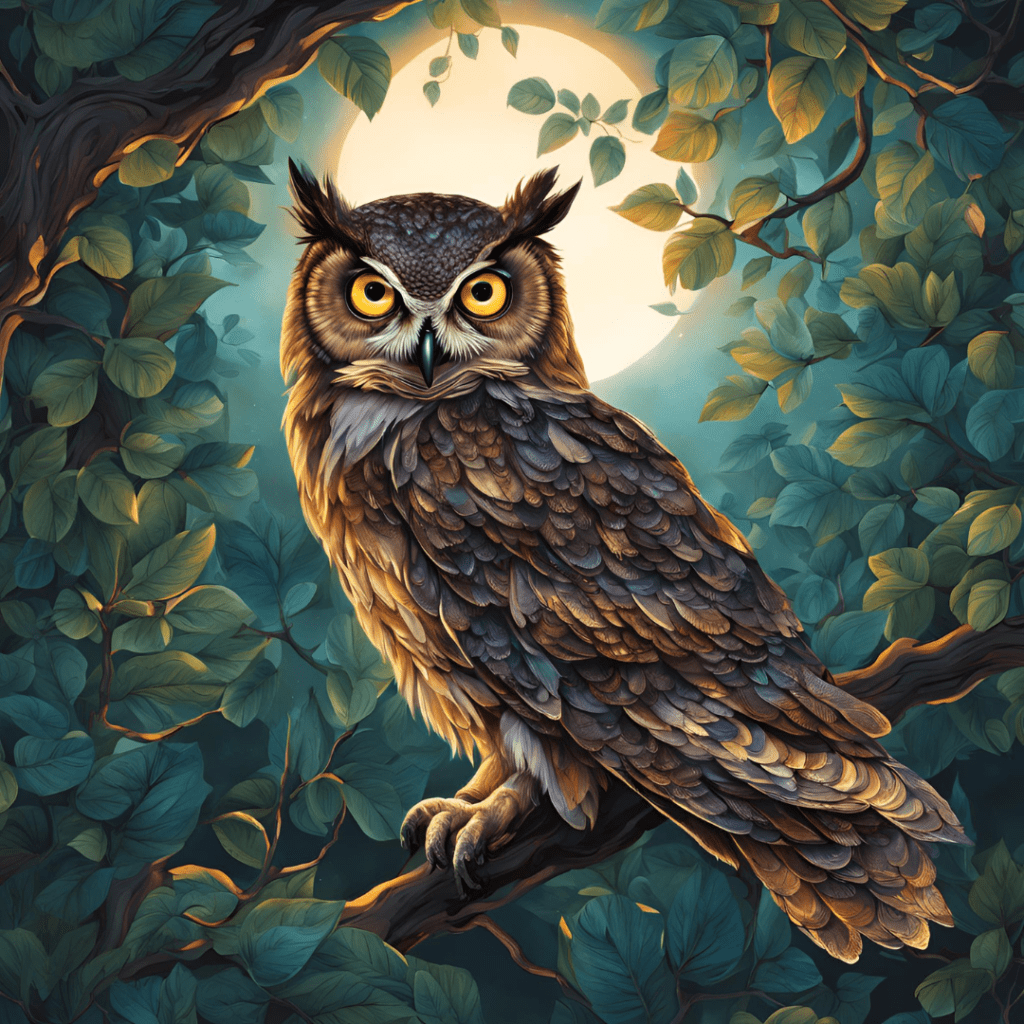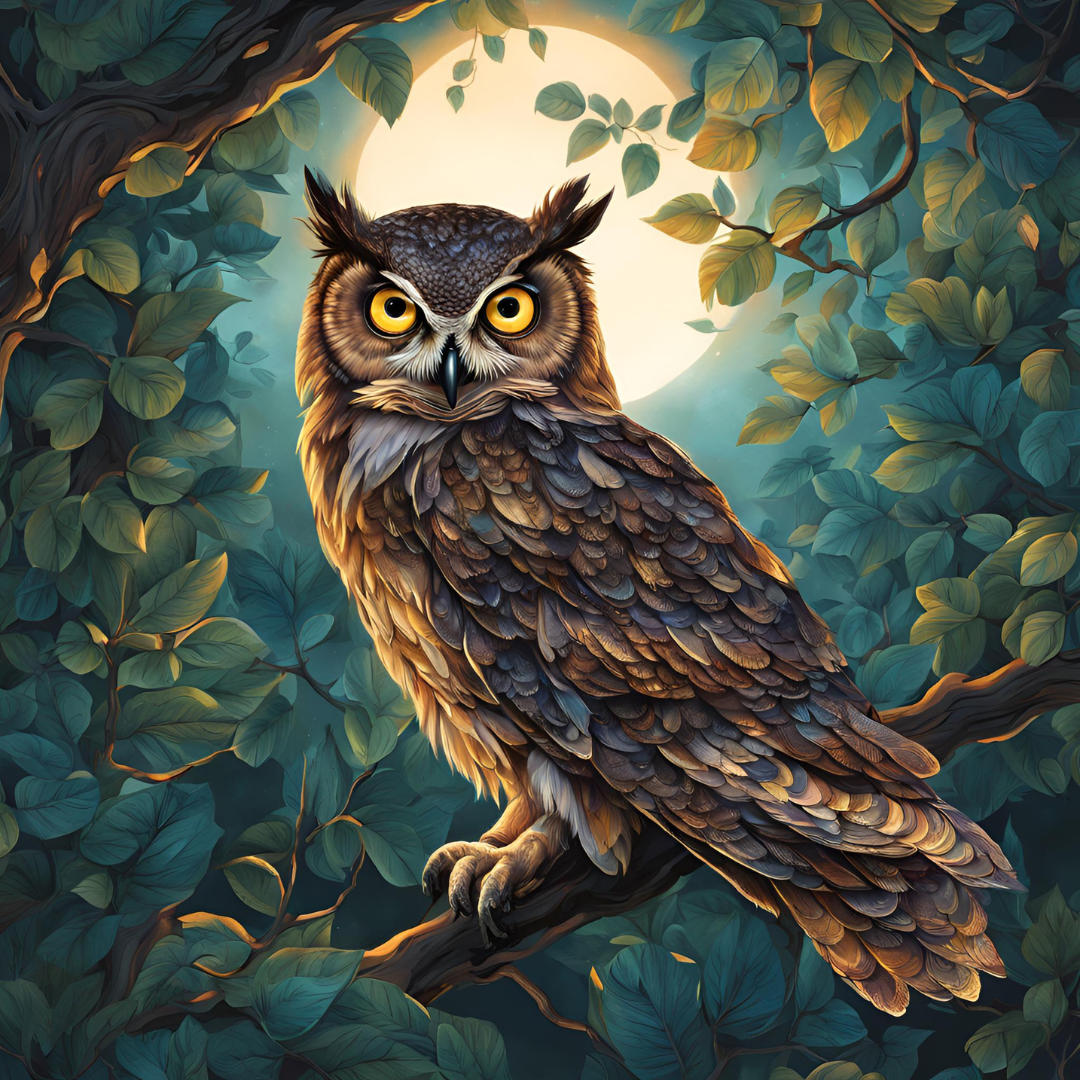Interesting Facts About Owls: Silent predators of Mother Nature

For centuries, the imaginations of humans all over the world have been enraptured by owls and their enigmatic nighttime behaviors coupled with beady eyes. These raptors, which exist in most parts of the world, are crucial to maintaining ecological balance and have cultural importance in many societies. Owls are certainly special, and here we present some amazing owl facts (which confirm their uniqueness — if that’s something you needed confirmation of.
Owls Are Really Good At Seeing In The Dark.
Nocturnal Adapted copies of EVENING WISE OWL are suited to low-light offers. They are equipped with large eyes and can easily see in what we would refer to near darkness. Their eyes are however fixed in their sockets (unlike humans), but they have a flexible neck that can turn up to 270 degrees to look around.
The ability to fly silently gives them a stealth advantage.
Everyone knows that owl fly very silently, a quality they use to catch prey by surprise. The specific structure of their feathers causes a reduction in turbulence, and muffles sound as well, which makes them near impossible to detect whilst an attack occurs.
There are over 200 different species of owls found around the world.
Owls vary vastly, from the 5- to 6-inch tall Elf Owl to the almost 6-foot wingspan sign of Blakiston’s Fish Owl. Every species been tailored to their specific environment, whether that be forests or deserts.
Owls Swallow Their Prey Whole.
Many owl are unable to chew their food. They don’t chew their food but swallow it alive, to later barf out pellets containing the non-digestible parts (bones, fur, etc.). Scientists study these pellets to learn about the owl’s diet.
Owl Have Asymmetrical Ears.
An owl has ears at different levels of the height of its head for needle-like accuracy in sound location. This adaptation turns them into great predators and allows them to hunt even in complete darkness.
Owls Appear in Myths and Lore.
They are symbolic of many things in cultures around the world. Western traditions regard them as wise and knowledgeable, while some African and Native American legends portray them as heralds of death.
Not All Owl Are Nocturnal.
Although most owls are nocturnal, a few types, such as the Snowy Owl, catch prey both by day and at twilight or early morning. It is usually connected with their natural environment, and the availability of prey.
Owl Feathers Hold More Than One Purpose.
Hush Hush, camouflage innerwear and keeping warm are the feathers rolled into all-in-all Do You Know? Some species have plumage that looks like tree bark, making them perfectly camouflaged in the midst of trees.
Owl Have Powerful Talons.
Owls are top of the food chain and prey with their heavy-duty talons. Their grip can exceed 500 PSI of crushing power, allowing them to pursue prey larger than themselves.
Owl Nesting Habits 2 – Owls don’t build their own nests.
Like most birds of prey, owls do not build nests but instead occupy abandoned nests built by other birds or use naturally occurring hollows in trees (or rocky crevices). A few species, such as Burrowing Owls, utilize previously excavated burrows of mammals.
The Role of Owls in the Ecosystem.
As predators, owls play a key role in regulating populations of rodents and other small creatures. These animals are key to biodiversity because their presence means a healthy ecosystem.
How to Spot Owl in the Wild: Top Tips.
Signs: Owl pellets can be found near trees and feathers
Listen at Dusk: Many species are loudest early in the evening.
Get out the Binoculars: Look up into trees in daylight for owl that are roosting
The owl represents a one of the most fascinating components of nature, encompassing beauty and mystery pairing together as vital pieces to our very delicate ecosystems. Learning more about them allows us to understand how integral they are a part of nature. Read on to learn more about these magnificent birds!
